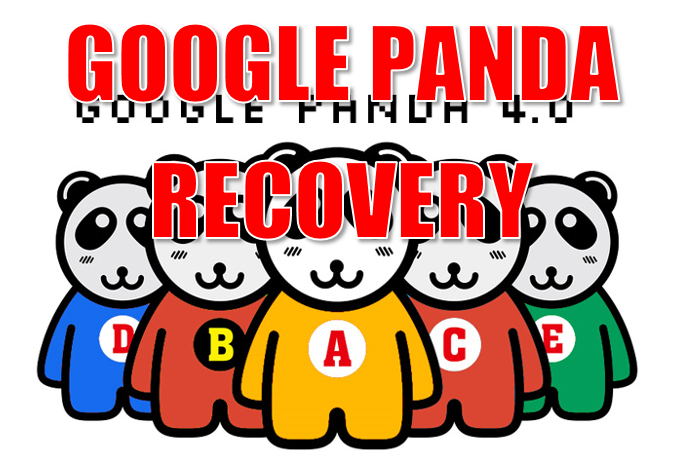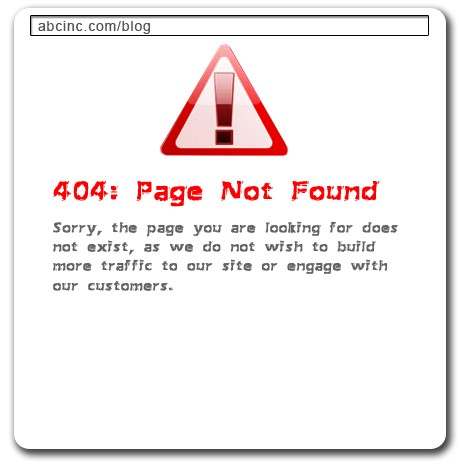You are here: Home / Blog / Content Strategy https://www.wiredseo.com/wp-content/uploads/2017/09/content-quality-score-bg2.jpg 500 1647 Clint Henderson https://www.wiredseo.com/wp-content/uploads/2016/10/wired-seo-company-dk.png Clint Henderson2017-09-08 00:24:462017-10-30 14:09:41How to Score Content Quality for Improved SEO Rankings (CQ Scoring) https://www.wiredseo.com/wp-content/uploads/2016/09/structuring-service-pages-seo.jpg 500 1271 Sara Pursell https://www.wiredseo.com/wp-content/uploads/2016/10/wired-seo-company-dk.png Sara Pursell2016-09-05 20:54:452016-09-26 22:02:02Structuring a Service Page: Building Blocks for SEO Success https://www.wiredseo.com/wp-content/uploads/2016/08/twitter-share-count-banner.jpg 500 1647 Sinclaire Dickinson https://www.wiredseo.com/wp-content/uploads/2016/10/wired-seo-company-dk.png Sinclaire Dickinson2016-08-26 21:14:592016-09-26 22:28:45Get Your Twitter Share Count Back: Return of the Tweets https://www.wiredseo.com/wp-content/uploads/2015/11/grow-twitter-followers.jpg 500 1650 Kyle Istook https://www.wiredseo.com/wp-content/uploads/2016/10/wired-seo-company-dk.png Kyle Istook2015-12-02 19:30:032016-10-01 22:15:119 Ways to Grow Twitter Followers Using Trending Topics https://www.wiredseo.com/wp-content/uploads/2015/11/Twitter-shares-removed-1.jpg 500 1650 Sinclaire Dickinson https://www.wiredseo.com/wp-content/uploads/2016/10/wired-seo-company-dk.png Sinclaire Dickinson2015-11-26 21:40:362016-09-30 15:12:02Twitter Share Count Removed: Where Did the Tweets Go? https://www.wiredseo.com/wp-content/uploads/2014/05/google-panda-update.jpg 500 1647 Clint Henderson https://www.wiredseo.com/wp-content/uploads/2016/10/wired-seo-company-dk.png Clint Henderson2014-05-23 00:15:542016-10-08 22:40:32Google Panda Recovery (Panda 4.0) - Case Study https://www.wiredseo.com/wp-content/uploads/2014/03/small-business-blogging-seo.jpg 500 1647 Clint Henderson https://www.wiredseo.com/wp-content/uploads/2016/10/wired-seo-company-dk.png Clint Henderson2014-03-23 17:50:072017-01-29 16:19:09Small Business Blogging for SEO 













